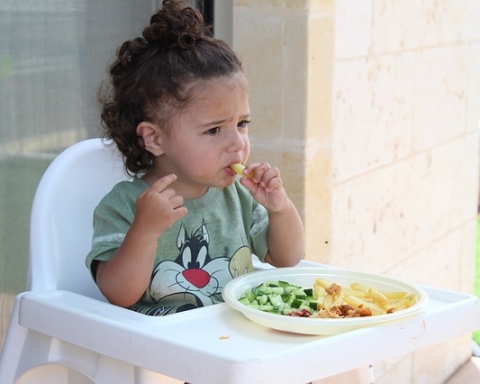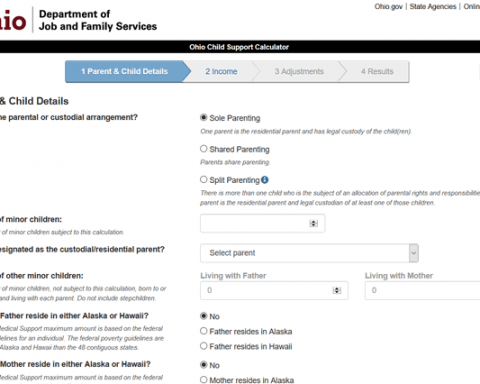Stepparenting can be tricky, especially when the stepparent’s parenting strategies are different from those of the child’s biological parents, but it is an issue that can be worked out. Some research offers ways to handle stepparenting in order to ease the struggle for the parents.
A stepparent is a person who is married to the mother or father of a child but who is not the child’s biological parent. For example, if a man marries a woman who has a child with a different man, he is the stepfather of that child.
If a woman marries a man who has a child with another woman, she becomes the child’s stepmother. Stepparents often enter a family after the divorce or separation of the biological parents.
Stepparenting Discipline
Discipline is one of the most sensitive issues for any stepfamily due to the different parenting styles among the parents. Below are some ways to handle conflicts concerning discipline:
- Communication. Communicate with each other regarding any issues about discipline. Strive to sort them out amicably, accommodate each other’s differences, and make practical compromises. Learn to adopt what works and leave out what does not and move forward.
- Allow for adjustments. Too many changes at once can be confusing, so take it one step at a time. Allow the family to come to terms with the new situation.
- Respect boundaries. Talk to children about respecting their stepparent as they would their own parents. The stepparent also ought to respect his or her stepchildren and treat them as his or her own.
- Avoid too much discipline. The children have to accept the stepparent and get used to his or her presence before discipline can be effective. If the stepparent attempts to immediately assume authority and make high demands, it may backfire.
- Learn about each other. The stepparent and the children need to get to know one another properly if they are to become a united family. So make an effort to spend time together, doing activities such as watching movies, having lunch, etc.
- Be firm and consistent. Stepchildren will likely test their stepparent and may even disrespect him or her outright. Although children certainly need time to adjust, the stepparent should still set firm and consistent expectations in order to earn the children’s respect and trust.
Stepparenting Problems
Stepparenting is difficult and may start off on a very low note because the initial adjustment is hard for everyone involved. Stepchildren tend to be fussy and unwelcoming at first because they think the stepparent is trying to replace their biological parent.
Consequently, stepparents may face rejection and anger. Communication, coupled with patience and understanding, is the key to making it work. Stepparenting is a collaborative effort—everyone needs to work hard to make it successful. (This study contains more insight on the subject.)
References
- Robinson, Paul W., and Michael P. W. Robinson. “STEP Parenting: A Review of the Research.” Canadian Journal of Counselling 37, no. 4 (2003): 270–278. Retrieved from https://bit.ly/3aEAr0B
- Bumpass, Larry L., R. Kelly Raley, and James A. Sweet. “The Changing Character of Stepfamilies: Implications of Cohabitation and Nonmarital Childbearing.” NSFH Working Paper No. 63. Center for Demography and Ecology: University of Wisconsin–Madison, 1994. Retrieved from https://bit.ly/2whTMG0













